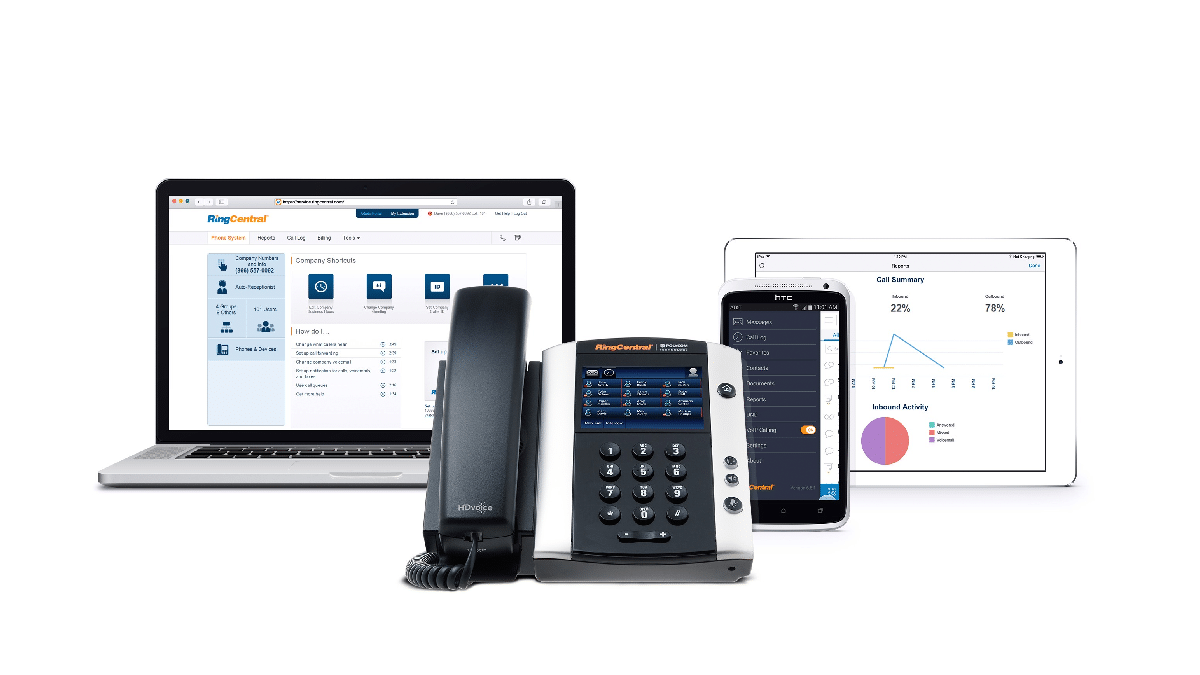Improving video meetings among remote team members requires some level of creativity, especially in these modern times. Even with user-friendly communication tools at people’s disposal, sustaining meaningful collaboration between employees is still an enduring challenge. After all, having these tools require them to adopt new technology and approaches to sharing information.
This has resulted in a huge shift in the way office communications (in general) is handled across the world. Members of distributed workforces, who most likely participate in alternative work arrangements, are ultimately expected to take advantage of available communications technology, such as video conferencing and instant messaging.
With these things in mind, below are five video meeting practices that can boost collaboration even further among distributed teams.
-
Fill your arsenal with top-class video meeting ammunition.
RealtimeBoard says that there are three essentials for effective online meetings:
- connection
- collaboration
- feedback.
Only a handful of solutions are capable of supporting these critical elements (one of which is RingCentral Meetings™), so having a combination of tools that serve these specific purposes is highly recommended.
For instance, if you’re using online conferencing that has excellent HD video, you can take it up a notch by making sure that it includes a screen sharing so everyone can look at the same web page, document, or file without having to share the file or link to all participants. Or, if you use a dedicated team chat or messaging app, you might want to find a video meeting solution that can be easily integrated with it to facilitate seamless communication between team members.
In addition to this, you need to invest in quality equipment such as Bluetooth headsets and microphones. It’s hard enough to start a face-to-face meeting without technical glitches; it’s even more difficult to host or participate in an online meeting where people sound like they’re talking into a tin can. You’d probably also get annoyed trying to have a conversation with someone whose microphone keeps on bumping into things, so you need to ensure that the equipment you acquire are designed to prevent such an occurrence. Ultimately, these little subtleties can also make an impact on the way team members communicate.

-
Make sure that participants know the meeting software and hardware well.
Remember the time when your boss had to tell you to mute your microphone during a call? How about that time when you accidentally shared a personal conversation via screen sharing that generated laughter from everyone on the virtual meeting? Good video meeting solutions are nothing without users who know how to use them correctly and to the fullest.
“Whatever your company is using, as a presenter or as a participant you should take time to make sure you understand the ins and outs of the hardware, software, and connectivity options used,” says this article from ComputerWorld. A casual familiarity with your video meeting stack won’t be enough. Ideally, you should be able to handle glitches and unexpected teleconference scenarios flawlessly.
Besides, how you handle and manage your video meetings will say a lot about the level of your professionalism, so it really pays to know your tools inside and out.
-
Don’t forget to share the good parts of your video meeting.
There’s always a big possibility that some of your team members will miss joining your video conference. Given the tools that you have now, there should be no excuse not to have them participate or get involved in some way, even if it’s not in real time.
In this blog post, the author offers a great suggestion: record video meetings and post excerpts or highlights to benefit team members who were unable to join your sessions. The post also goes into great detail on how to present these recordings to your audience, so do check it out.
Every time you share the important parts of your meeting, you’re also allowing the free flow of information and ideas among team members. This will encourage them to contribute their thoughts and ideas on existing projects and motivate them to share their suggestions on how things can be done better. In a distributed work environment where everyone deals with the physical restraints of not being in the same location, it’s important to ensure that no one feels alienated or left out.
-
Make video meetings visual.
Video meetings should be audiovisual, and this goes for both presenters and participants in your organization. If you want to have engaged meeting participants, you should carefully consider what goes through the camera and what is projected on screens. If you’re an attendee, you should also be able to make your presence felt and let the host know that you’re listening (and watching).
Whether you’re a host or just a participant, you need to take note of your appearance on camera. This is not to say that you have to put on your best business suit or wear full makeup every time you’re in an online meeting. It’s only a matter of taking note of your surroundings, such as freeing your background from clutter or distractions, being two rooms away from the crying baby, and setting your audio properly to make sure that nothing breaks while you’re in the middle of the call.
Think of each video meeting as a business presentation, where you have to put on your best self to win the client. Remember that even though you’re on a remote location, you’re still in a professional setting, therefore, you should act that way.
-
Enable seamless transition between varied functions and tasks during online meetings.
One of the keys to a productive video meeting is to give the participants the ability to multitask without compromising the quality of output they deliver. Having the right built-in tools that are easily within reach during online meetings, such as instant chat and file sharing, will empower your team to freely exchange ideas and solutions to problems according to their preferred means or manner.
Online meetings—just like face-to-face meetings—take up time, whether you like it or not. The next thing you know, you’re spending the second half of your workday on a marathon video conference instead of using your time for producing the actual output required for the day. A video meeting tool that allows you and your team members to perform various tasks collaboratively, even while you’re in the middle of a call, will help with your productivity. Such solutions, like RingCentral Meetings, would ensure that all tasks are done and all expectations are met, even as soon as you close your meeting window.
Remote meetings present a huge challenge to organizations, even with the seemingly endless advancements in terms of technology. Since this practice has become the norm for companies, teams today have to constantly deal with matters pertaining to engagement with presence, reachability, and the ability to communicate effectively being the most crucial.
When it comes to online meetings such as audio meetings, video meetings, conference calling, or webinars, it pays to apply existing best practices with new and exciting ways to encourage employee engagement and collaboration even further.
Originally published Jul 25, 2018, updated Dec 30, 2022





